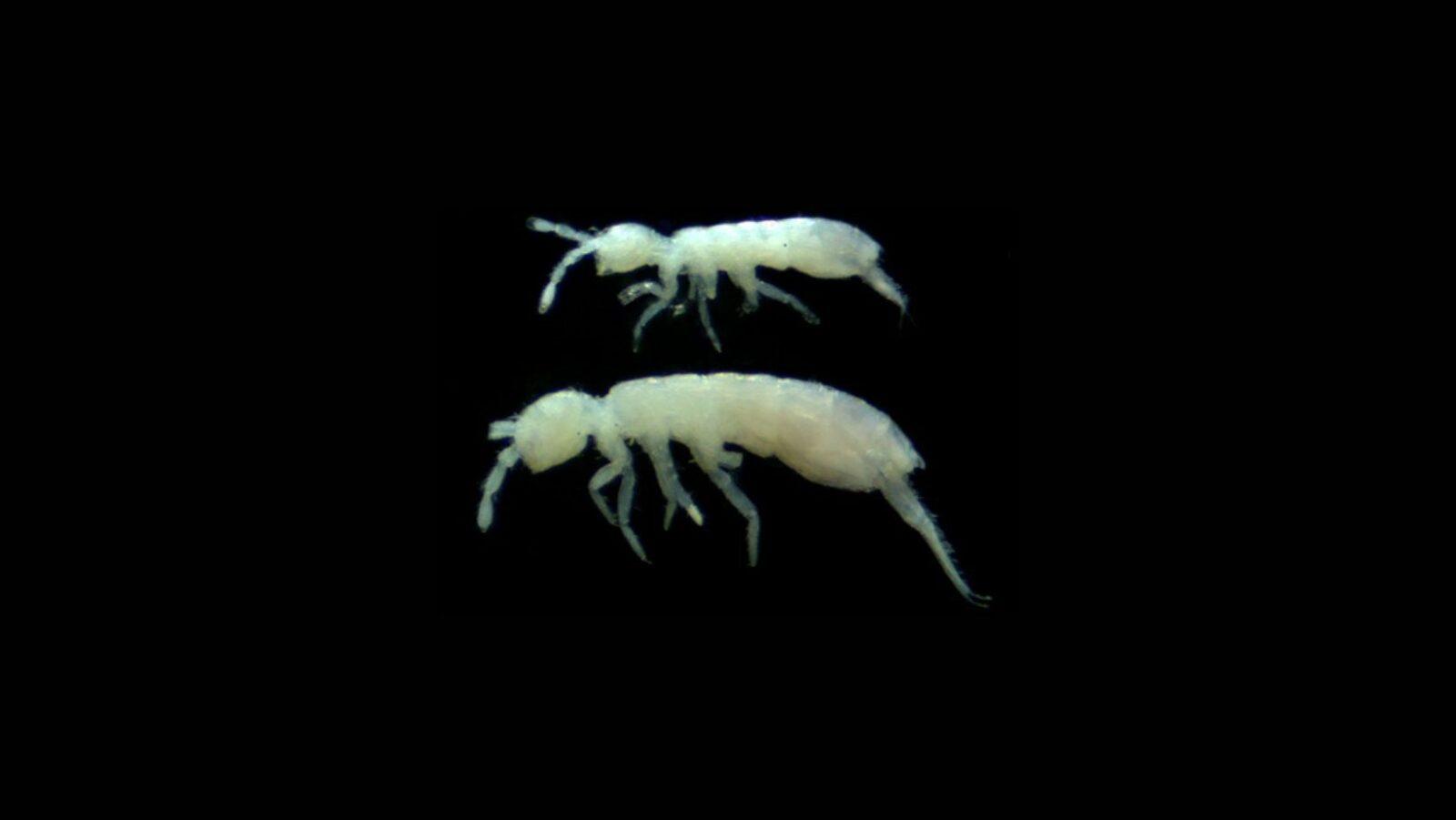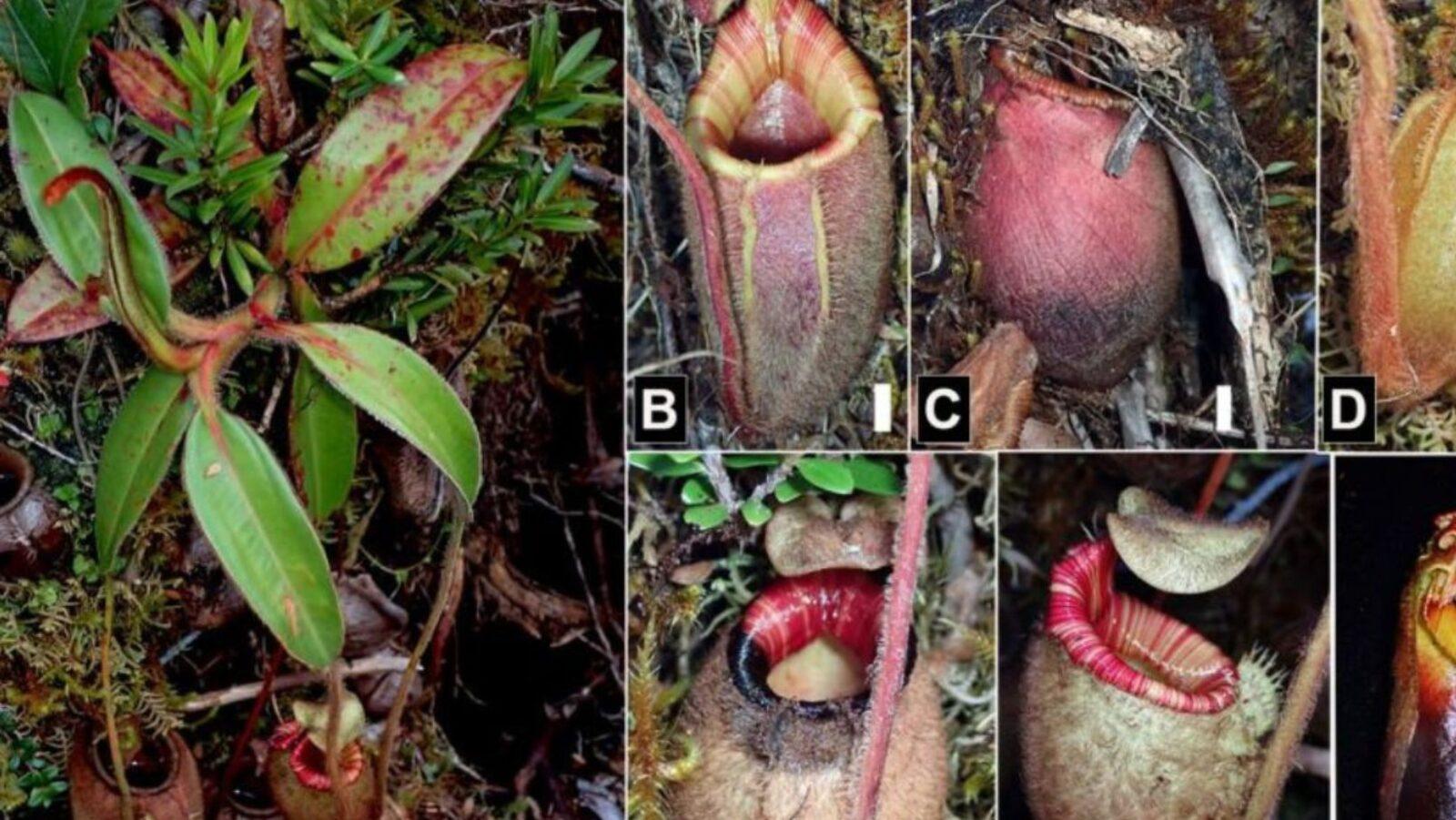
In May 2024, the Philippine Eagle Foundation announced the description of a new rodent species from the Philippines (based on a specimen collected in May 2007), which was published in the Journal of Mammalogy.
Tarsomys orientalis (Kampalili moss mouse)
Distribution/habitat: Mt. Kampalili (Mindanao, Philippines)
Endemic: Yes
Distinctive traits: Tarsomys orientalis is the third species under the Mindanao-endemic Tarsomys rodent genus. Growing up to 5 inches long (two-thirds the length of an average pencil), it is smaller than the other two Tarsomys species, the long-footed rat (T. apoensis) and the spiny long-footed rat (T. echinatus). Its hairs are softer, denser, and darker in color. T. orientalis also has a shorter tail, smaller hind feet, and a smaller skull with a broader zygomatic plate and shorter incisive foramina. In contrast, its auditory bullae (hollow, bony structures enclosing its inner ears) are longer.
Conservation status: Unspecified
Etymology: Its species name (orientalis) means “eastern” or “of the east.” This is likely a reference to the fact that Mt. Kampalili is located in the eastern part of Mindanao.
Significance
Found in the cool, damp, mossy forests of its mountain habitat, T. orientalis is an important piece of the puzzle in understanding mammalian diversity in Mindanao. The species’ uniqueness, coupled with the fact that its evolutionary roots span more than a million years, supports the idea that species diversification within islands may have been the biggest factor that led to the mammalian biodiversity boom in the country.
The description of T. orientalis was made possible through the combined efforts of researchers from the University of the Philippines-Mindanao, the Philippine Eagle Foundation, the Field Museum of Natural History, the Natural History Museum of Utah, and Arizona State University, with support from the Critical Ecosystem Partnership Fund, Maragusan, Manay, and Davao Oriental local government units, DENR XI, and Indigenous communities.—MF
Reference: Eric A Rickart, Dakota M Rowsey, Jayson C Ibañez, Roselyn S Quidlat, Danilo S Balete, Lawrence R Heaney, A new species of the endemic Tarsomys clade (Muridae, Rodentia) from eastern Mindanao Island, Philippines, Journal of Mammalogy, Volume 105, Issue 4, August 2024, Pages 865–879, https://doi.org/10.1093/jmammal/gyae051
Author: Mikael Angelo Francisco
Bitten by the science writing bug, Mikael has years of writing and editorial experience under his belt. As the editor-in-chief of FlipScience, Mikael has sworn to help make science more fun and interesting for geeky readers and casual audiences alike.






